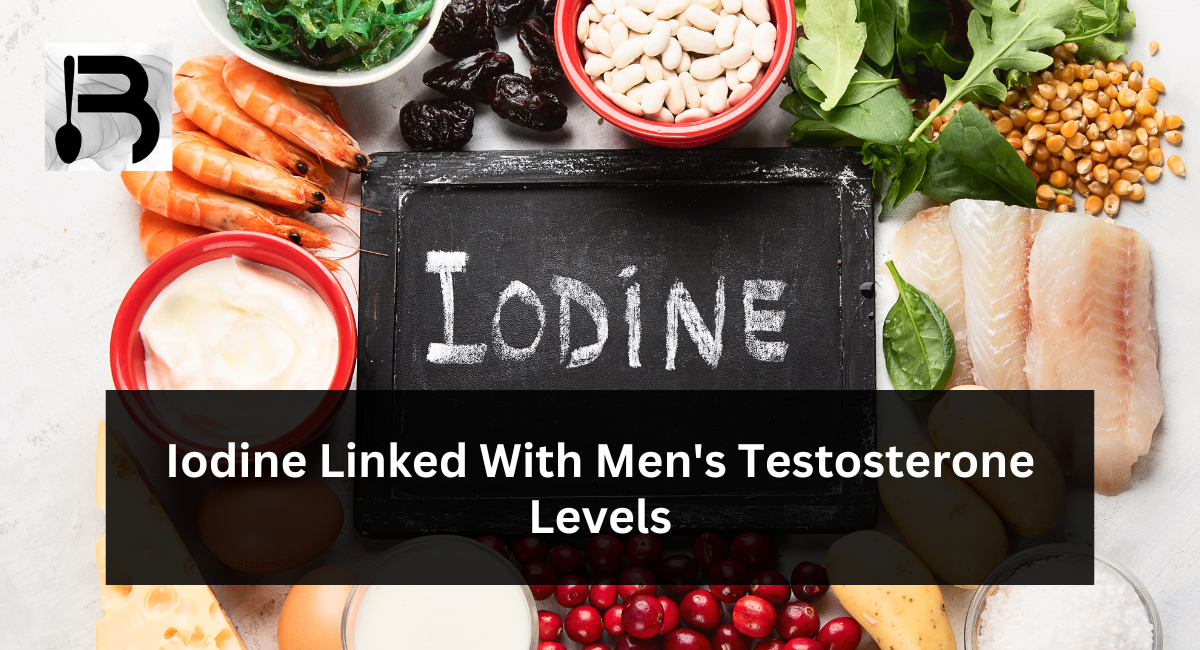The results suggest “excess iodine is not harmless,” said the researcher.
A cross-sectional study revealed that a lower level of iodine content in urine was associated with greater testosterone levels.
In a study of more than 3000 U.S. men, those who had lower levels of urinary iodine were significantly higher in testosterone levels than those with high or normal levels of iodine (b -0.028 95 per cent C.I. -0.049 up to -0.006, P=0.01), Arcangelo Barbonetti, PhD, from the University of L’Aquila in Italy as well as colleagues described in the JAMA Network opens in an entirely new tab or Research letter.
The model was adjusted to account for many factors, such as numerous metabolic variables like BMI, blood pressure, glucose, triglycerides, HDL cholesterol levels, and creatinine, as well as demographic variables. Low iodine levels were considered below 100 mg/L, in the normal range between 100 and 199 mg/L, and elevated to 300 mg/L or more.
Men in the lowest category of iodine were found to have median testosterone levels of 446.70 ng/dL. Those in the high and normal categories were able to achieve testosterone levels as high as 398.68 mg/dL and 398.50 ng/dL, respectively. The same pattern was observed when examining calculated free testosterone levels, which had values of 75.80 mg/mL, 72.10 pg/mL, and 67.20 mg/mL for standard, low and high iodine classes.
“While an interaction between iodine intake, thyroid hormones, and testosterone cannot be definitively ruled out, excess iodine could affect testicular steroidogenesis directly,” the researchers asked. Men in the low iodine group also showed the lowest level of thyroid problems compared to those in the norm and the high category (8, 13 versus 14 and 12); however, these differences were not statistically significant.
Although this connection is within the same lines as previous preclinical animal models that open in an entirely separate tab or window, Barbonetti stated that MedPage Today that he was nonetheless shocked to learn of these findings “as they suggest that iodine, which is an element traditionally considered harmless and beneficial, can be potentially harmful to health if in excess.”
Barbonetti’s research team revealed that in rats fed a diet high in iodine, iodine accumulation occurred in the testis. This caused oxidative stress-inhibiting activity, which resulted in lower testosterone.
“The results of this study suggest that excess iodine is not harmless and may be associated with extra-thyroid disorders, including androgen deficiency,” Barbonetti added. He said that in countries with abundant iodine, “the use of medical therapies or diagnostic procedures that bring an iodine load to the patient should be cautious, especially in the presence of comorbidities that may promote the occurrence of male hypogonadism.”
“Regulatory agencies should be aware that [iodine sufficiency] is now achieved in most countries, and, hence, in some geographical areas, exposure to excessive levels of iodine can easily be reached,” said the expert. “The mode and extent of [iodine prophylaxis] should probably be reconsidered.”
The total number of men who participated in the analysis was 2,934 (mean of 47.1). Researchers drew information from five years of the National Health and Nutrition Examination Survey from 1999 to 2002 and 2011-2016 — that contained data on testosterone levels and urinary iodine levels.
Testosterone was measured by isotope dilution, high-performance liquid chromatography, tandem mass spectrometry, and iodine concentration by inductively coupled plasma dynamic reaction cell mass spectroscopy.
The men with lower urinary iodine levels tend to be younger and have better glycolipid and metabolic profiles, for example, lower BMI.

